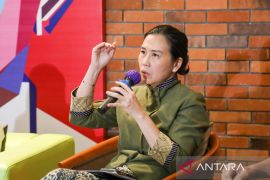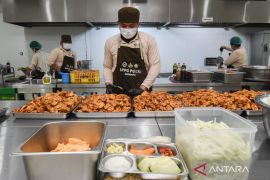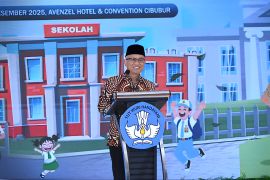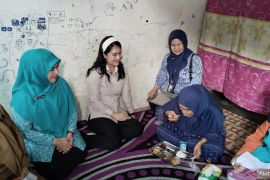Vivi Yulaswati, the ministry's Deputy for Maritime Affairs and Natural Resources, explained on Thursday that the program addresses both upstream and downstream levels.
"We must view the program from both upstream and downstream perspectives. It is not just about distributing food to schoolchildren, but there are many things at the upstream level, such as the procurement process," she said.
She was speaking at the "Foresight and Metrics to Accelerate Food, Land, and Water Systems Transformation" event, held by IPB University, the National Innovation Research Agency (BRIN), and the ministry.
"We are also talking about the food value chain, which includes farmers, breeders, fishermen, processing industries, packaging industries, and vendors," Yulaswati said.
The vendors include cooperatives and micro, small, and medium enterprises (MSMEs), she added.
In the 2023 Global Hunger Index, Indonesia ranked 77th out of 127 countries.
Therefore, through the free meals program, the government aims to meet the nutritional needs of pregnant women, toddlers, schoolchildren, and those at risk of stunting.
In addition, the program is expected to boost student achievement, participation, and attendance, thereby reducing the school dropout rate. It is also expected to improve the welfare of farmers, breeders, fishermen, MSMEs, and cooperatives by creating jobs and reducing the burden on the poor.
The government has agreed to allocate Rp71 trillion (around US$4.42 billion) for the program, with a total of 17 million beneficiaries in 2025.
Related news: Ministry prepares chefs for Free Nutritious Meals program
Related news: Govt to involve cooperatives in free meals program
Translator: M Alatas, Kenzu
Editor: Anton Santoso
Copyright © ANTARA 2024












